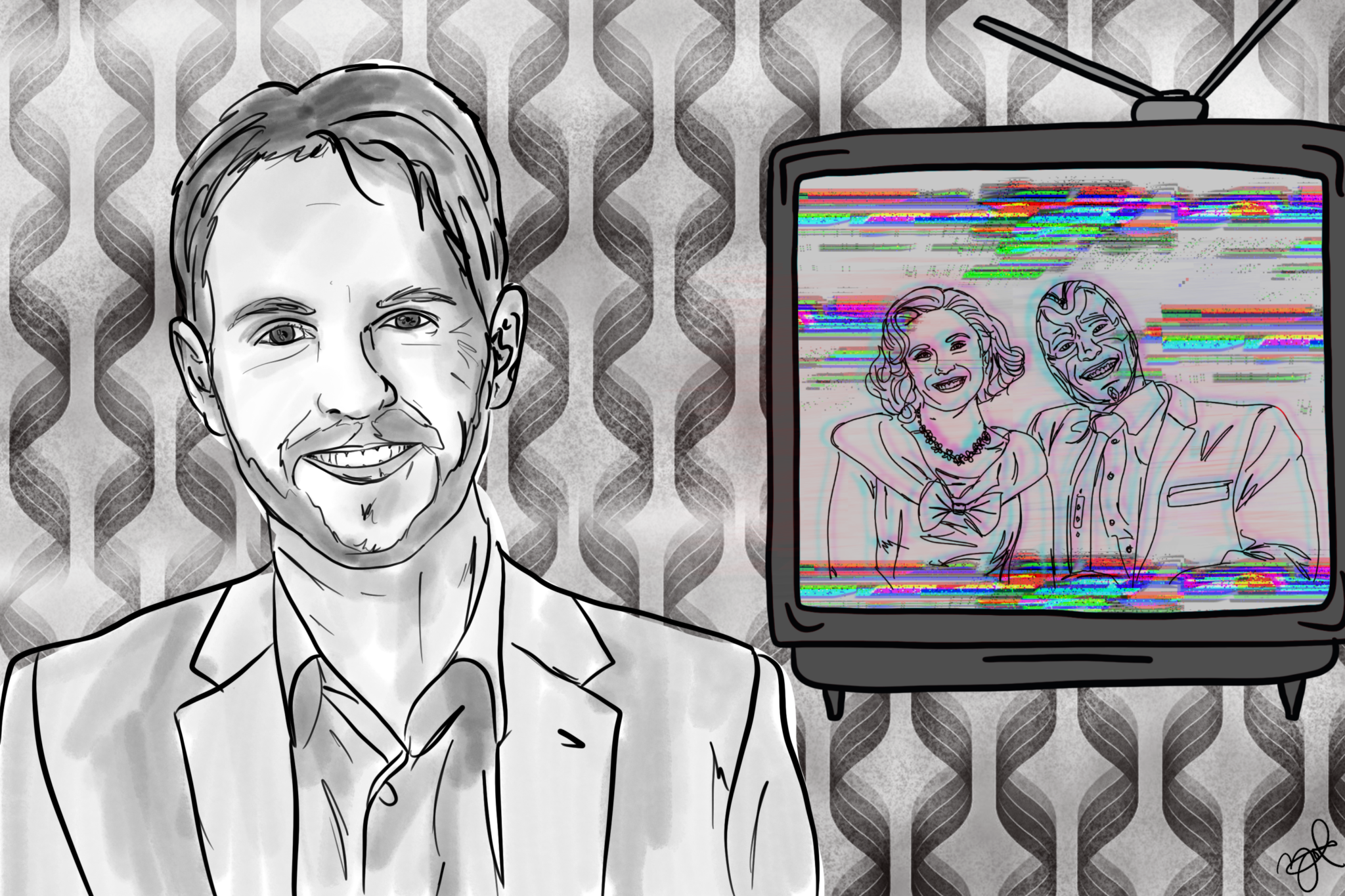
Zoe Berg, Photo Editor
Yale in Hollywood, an alumni-based organization that features Yalies working in the entertainment industry, hosted Matt Shakman ’97 last Friday as a part of their “‘Wandavision’ Week” series, during which they talked to several Yalies who collaborated on the popular Disney+ miniseries.
Shakman was the director and the executive producer of “Wandavision” and, during the talk with Aman Chaudhary ’95, his college friend and the event’s host, he described his experiences with sitcoms — after which “Wandavision” is designed — and the show’s production process.
“I definitely think that the high quality of the show is because of the Yalies and those on the show spent a lot of time making sure that this world and this new place that Wanda takes us to all is consistent and lines up and tells a good story and it also has some fun clues of other things happening in the Marvel Universe for Phase Four,” said Kevin Winston, the president of Yale in Hollywood and moderator of the talk.
“Wandavision” starts from where “Avengers: Endgame” left off, featuring Wanda Maximoff, played by Elizabeth Olsen, and Vision, played by Paul Bettany. “Wandavision” was partially filmed in Atlanta and in the Warner Brothers Warehouse on Blondie Street in Los Angeles, where, as a child in the 1980s, Shakman previously acted in sitcoms such as “Webster,” “Growing Pains” and “Just the Ten of Us.”
“[Working on “Wandavision”] did, in a very strange way, feel like it was sort of meant to be,” Shakman said. “I direct comedy, I direct action and spectacle, and I also was a child actor growing up in Hollywood on sitcoms, so this show really kind of checked all the boxes for what I’ve done professionally for my whole life.”
Although Shakman was familiar with sitcoms, he said that he had to do a “full deep dive” into the comics where the protagonists originally appeared. For inspiration regarding set design and style, he turned to old prints from the 1960s sitcoms “Bewitched” and “The Dick Van Dyke Show.” He even had lunch with Richard Wayne Van Dyke — the star of the latter show — to discuss the old sitcom format before shooting “Wandavision,” asking him about “the secret sauce for tone.” According to Shakman, Dyke replied with the Carl Reiner rule: “If it can’t happen in real life, it can’t happen on a show.”
Each episode in the show roughly corresponds to a different sitcom decade, going sequentially from the 1950s to the 2010s. Through the lighting, setting, costumes, dialogue delivery and score, every detail in “Wandavision’s” design was meticulously planned to make each episode “of the period.” The house Wanda and Vision lived in expanded and renovated through time, Shakman said, and the shift from the 4:3 aspect ratio — the frame size used to broadcast sitcoms — to a wider ratio represented the change between “Wanda’s sitcom world” and the fictional one outside of it.
Shakman collaborated with fellow Yale alumnus and award-winning songwriter Robert Lopez ’97 to create several original theme songs for each episode of the show, each song a recreation of other sitcom themes from each decade.
When it came to the show’s visual effects, the production team noticed that, in the black-and-white format, something that appears to have a reddish hue is actually painted in blue. Instead of his typical red, Bettany wore blue face makeup.
“We wanted it to feel of the moment and of the period [as much] as possible because this is what Wanda’s creating … she has made this reality and I need to impress Wanda Maximoff,” Shakman said. “She was the showrunner. I had to make sure that I was delivering something that met her expectations in terms of detail and authenticity.”
The grief-driven premise of the show and its significance in the middle of a pandemic is something that Shakman “never could have expected.” Grief was the “big bad” of the story, and the plot’s structure throughout the series reflected the five stages of grief: denial, anger, bargaining, depression and acceptance.
“I think that’s one of the reasons I loved it,” Chaudhary said in the talk. “I lost my parents as an adult at a relatively young age and also a sibling as a child, so I was like ‘Wow… I didn’t expect to get that from the MCU [Marvel Cinematic Universe].’”
Winston also noted the novelty of the TV structure in the MCU. With the TV format, Winston said, there is more time for developing characters and stories, allowing viewers to “actually see how Wanda deals with grief in her very own special way, which one can do when you have reality-warping powers.”
“[“Wandavision” is] a love story and a story about loss and they go hand-in-hand,” Shakman said. “It’s the line that people have responded to: ‘What is grief if not love persevering?’ which I think is very much the show that we all wanted to make.”
Shakman is the artistic director of the Geffen Playhouse in the Westwood neighborhood of Los Angeles.
Isa Dominguez | isa.dominguez@yale.edu







